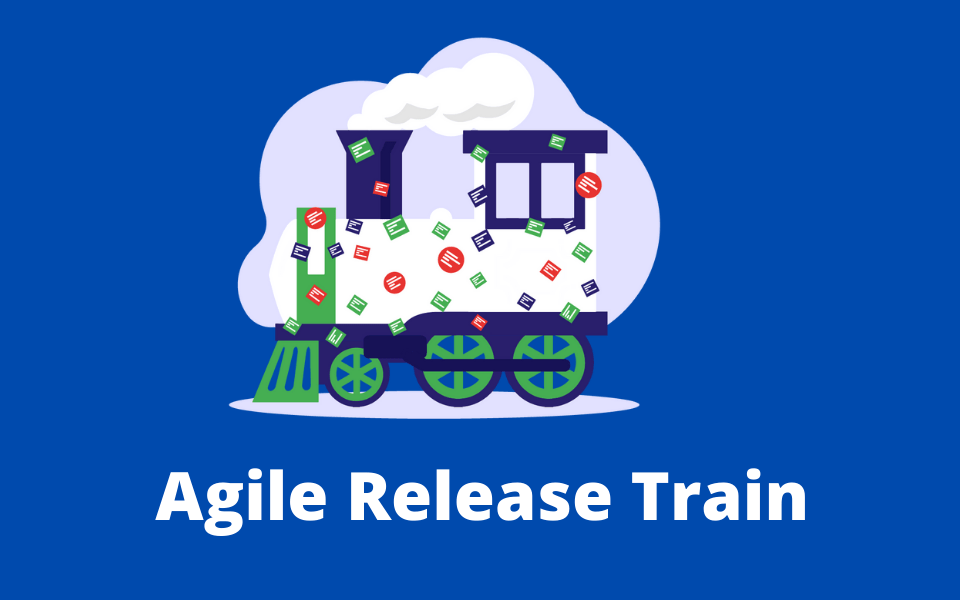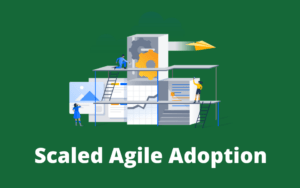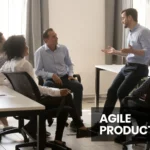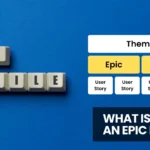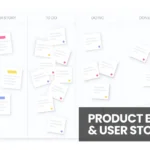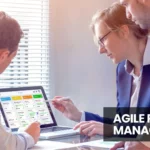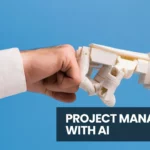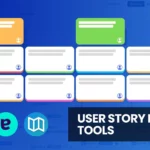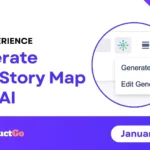What Should You Know Before the Launch of Your First Agile Release Train?
For an organization attempting to integrate Scaled Agile Framework (SAFe) into its everyday operations, launching the first Agile Release Train (ART) marks an official beginning of its transition. Its success will significantly impact how the future of Scaled Agile shapes within the organization. This creates an insistence on getting the initial ART right to set a positive example for the rest that would follow in the path it sets. So, if you are at the stage of forming a fool-proof plan for the launch of your first ART, we have some tips to share with you to make sure you get its essentials, if not everything, right.
Always start with training the change leaders and decision-makers
Successful implementation of an Agile Release Train calls for a mindset shift within an organization when transitioning from a traditional product development background like the Waterfall method. SAFe recommends two places to get started with this change for maximum and faster reach: the organization’s decision-makers and another category of people called change leaders. Training these two groups first on SAFe concepts, which include the ART, forms an efficient and effective medium for propagating the message on Agile to every level of your organization.
The awareness of decision-makers—the executives, managers, and leaders—is essential to an ART’s success, given their impact on determining the future direction of a business. They also have extensive reach within the organization to deliver the message on SAFe and ART to the employees. What’s more important is the credibility being at the top gives them to be taken seriously by everyone.
Initial training also extends to a group called change leaders, or SAFe Program Consultants (SCPs), which comprises people from various departments, disciplines, and experience levels. Training gives this scattered and diverse group a deep understanding of how an ART should operate at different levels of the organization. It enables them to act as the leaders of change at the ground level by ensuring the correct practices are followed during the SAFe execution.
Identify value streams before defining ARTs
In Scaled Agile Framework, an ART rarely exists without an associated value stream. Every ART you create in an organization should emerge as a response to a value stream. That’s why it’s essential to start your ART defining process by identifying value streams.
There can be two value stream types in a business: operational and development value streams. We can define an operational value stream as a series of activities that deliver value, be it a service or product, to customers and end-users—for example, completing an order placed through an e-commerce website.
On the other hand, a development value stream refers to a series of activities that develop a technology-enabled business solution to support the delivery of an operational value stream. The act of building an e-commerce website is an example of this.
Between the two types of value streams, development value streams are associated with ARTs due to their focus on delivering solutions. However, operational value streams still play a crucial role in SAFe by helping you identify the development value streams the business should support.
Once you have identified the development value streams that enable faster and more productive execution of operational value streams, it’s time to define ARTs to help you realize them. Let’s discuss what you should be careful about during this process in the next section.
Tips for converting development value streams into ARTs
Typically, an ART defined in association with a value stream consists of 50-125 people who fall into 5-12 teams. These people come from different departments and disciplines to form a cross-functional unit that should be, for the most part, self-sustainable. Therefore, when defining ARTs for your organization, you should be careful to:
- Minimize dependencies between different ARTs.
- Ensure each ART is capable of releasing features or solutions independent of other ARTs.
In a large-scale organization, a single ART can extend to multiple geographic locations with an engineering team from India, a support team from Japan, and a marketing team from Italy. This kind of division is acceptable as long as the assembly collectively and functionally makes sense with regard to the associated value stream.
How many ARTs per value stream?
The most common practice in SAFe is to define a single ART per value stream. However, we often see cases where combining several small value streams to form one ART or using a few ARTs to serve one large value stream makes sense.
In instances where a value stream is too big for a single ART, as can be often seen in large-scale enterprises, SAFe advises the use of a unit called a solution train, which consists of several ARTs working cohesively to deliver a shared value.
In a solution train, each ART can have a different topology that ultimately comes together in the development process. For example, a particular solution train can include one stream-aligned ART, one complicated subsystem ART, and one platform ART under a single value stream. The functionality and responsibility of ART can change based on its topology. For example:
- Stream-aligned ART continuously delivers a stream of work to the customers without handoffs to other ARTs or waiting for work from other ARTs.
- Complicated subsystems ART develops complex subsystems that rely on specialist knowledge and expertise in a large-scale solution.
- Platform ARTs develop and deliver internal services that support stream-aligned ARTs to maintain continuous development and delivery.
Depending on the nature of the solution, you too can determine the types and number of ARTs that you should use to realize a bigger value stream.
Pick one value stream and one ART to get started
With the value streams and the ARTs associated with them identified, now it’s time to solely focus on the launch of your first ART. You should start this process by picking one value stream and, if it’s realized by multiple ARTs, choosing one ART for the launch.
The first step of preparing for the launch of the picked ART is drawing up a detailed plan with set deadlines. For example, it should hold the dates for the training workshops and the first PI planning event. You could also establish the cadence by determining the duration of a PI and the length of development and innovation iterations.
After completing these steps, you can start the first round of training for the participants in the ART. It focuses on ART leaders and top-level stakeholders such as Release Train Engineer, product managers, architects, business owners, and internal suppliers.
Form cross-functional Agile teams with careful consideration of their functionalities
Once the first round of training is finished, you can jump straight to forming cross-functional Agile teams that would become parts of the ART. Naturally, it comes with particular areas and points that would require your special attention for retrieving the best outcome.
First, you have to think about the team topology. Each Agile team in an ART should have a topology that describes its role based on value delivery. SAFe defines four commonly-seen types of such topologies, which includes:
- Stream-aligned teams: Deliver a stream of work continuously without handoffs to other teams or waiting for work from other teams.
- Complicated subsystem teams: Develop complex subsystems of a larger solution that requires specialized knowledge and expertise.
- Platform teams: Deliver support services required by stream-aligned teams to reduce their cognitive load.
- Enabling teams: Assists stream-aligned teams to gain new skills and stay up-to-date with the latest technologies.
When selecting members for each team, one approach to follow is allowing participants to form teams themselves based on shared capabilities and intentions. Otherwise, managers can intervene and decide how teams should be formed based on their understanding of each individual’s qualities and overall goals tied to the ART. A typical execution of team formation would contain practices from both these approaches, where managers initially form teams that would be modified based on participant input.
Once the teams are formed and the position each individual holds within the team is apparent, you should begin the second round of training to familiarize them with SAFe practices and mindset. Conducting separate workshops for each role, such as scrum master, architect, and product owner, would be ideal in these circumstances.
Rely on the direction from change leaders when preparing the program backlog
Program Backlog is a key component of an ART that defines “what gets built” during a Program Increment. When preparing to launch your first ART, the experience of creating a Program Backlog will be a somewhat alien experience to everyone involved. It will take a lot of back and forth between the stakeholders and take a longer time to converge on details like the goals and scope of the PI.
While facing such uncertainty initially due to the lack of a shared understanding is unavoidable, you can depend on the direction provided by change leaders, or SPCs, to at least reduce the pain everyone is subjected to at this stage. They can facilitate backlog creation sessions by keeping you focused on the end goals of the ART and the role of the PI in relation to the value stream. However, even with the SCP assistance, backlog refinement would take a series of attempts before the scope becomes clear to everyone.
Now it’s time to launch your first ART
With the conclusion of the backlog preparation sessions, you’re in a position to launch your first ART without any more delays. Holding the first PI planning session will mark the official launch of your first ART and the start of the first PI in the organization.
When it comes to launching more ARTs and value streams…
After completing a Program Increment in your first ART, you and everyone else involved will better understand how ARTs and SAFe work within the boundaries of your business. Based on the experience and feedback received during this period, you can refine the process of launching an ART to suit your specific needs and use it to launch more ARTs and value streams until your organization embraces agility in all its development workflows.
Takeaway
Adopting Agile development methodology into a large-scale organization through SAFe is not an easy task. It calls for a drastic mindset change from everyone involved and requires adapting to a new way of developing business solutions. This difficulty may not be more apparent than when you’re preparing to launch your first Agile Release Train. The entire process takes a significant amount of time and effort and demands diligent execution until the launch day. However, as many who have successfully integrated SAFe into their workplace vouch today, the extraneous work it requires will be well worth it when you start to receive the rewards that follow.

